Click on images to enlarge

habit (Photo: Trevor James)
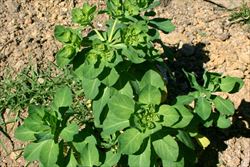
habit (Photo: Trevor James)

stem leaves (Photo: Trevor James)
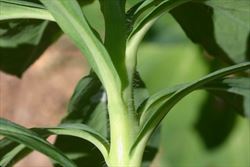
close-up of slightly hairy stem and leaf bases (Photo: Trevor James)
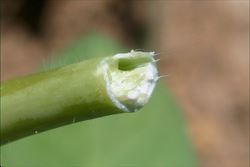
broken stem with milky sap (Photo: Trevor James)
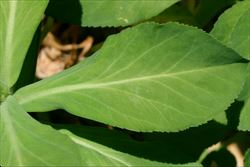
close-up of leaf (Photo: Trevor James)
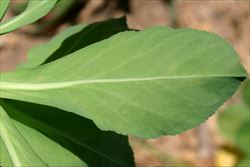
close-up of leaf underside (Photo: Trevor James)
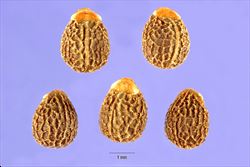
close-up of seeds (Photo: Carole Ritchie at USDA PLANTS Database)
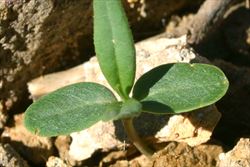
close-up of seedling (Photo: Trevor James)
Scientific Name
Euphorbia helioscopia L.
Family
Euphorbiaceae
Common Names
cat's milk, madwoman's milk, sun euphorbia, sun spurge, umbrella milkweed, wart spurge, wart weed, wartgrass, wartweed
Origin
Native to Northern Africa (i.e. Algeria, Egypt, Libya, Morocco and Tunisia), the Azores, the Madeira Islands, the Canary Islands, Europe (i.e. Denmark, Finland, Ireland, the UK, Sweden, Norway, Austria, Belgium, Czechoslovakia, Germany, Hungary, the Netherlands, Poland, Switzerland, Belarus, Estonia, Latvia, Lithuania, Moldova, Ukraine, western Russia, Albania, Bulgaria, Greece, Italy, Romania, Yugoslavia, France, Portugal and Spain), western Asia, the Indian Sub-continent (i.e. northern India and western Pakistan), China, Vietnam, Japan, Korea and Taiwan).
Naturalised Distribution
This species is widely naturalised in the southern parts of Australia (i.e. in some parts of southern Queensland, in southern and eastern New South Wales, in southern and western Victoria, in Tasmania, in south-eastern and southern South Australia, and in the coastal districts of south-western Western Australia).
Also widely naturalised in many other parts of the world including the USA, Chile, New Zealand and New Caledonia.
Notes
Sun spurge (Euphorbia helioscopia) is regarded as an environmental weed in Western Australia. It is most common as a weed of cultivated areas, but also invades natural habitats and occasionally even conservation areas (e.g. Para Wirra Recreation Park in South Australia).
Note: This species is poisonous to humans and livestock and its milky sap can cause dermatitis and eye irritation.

